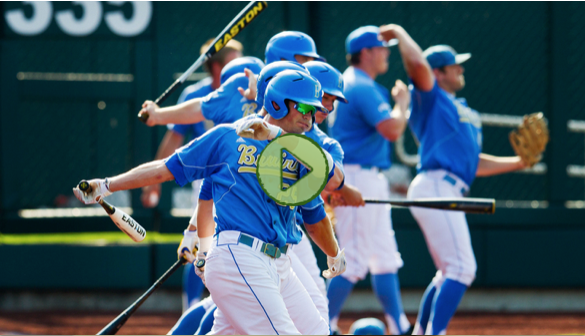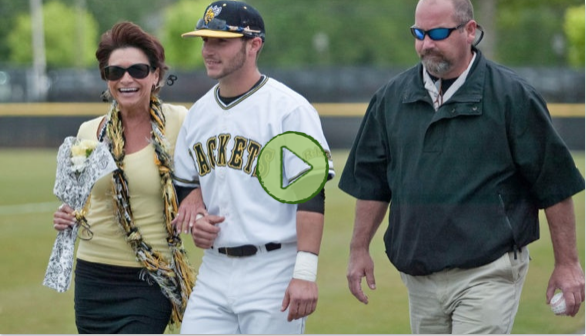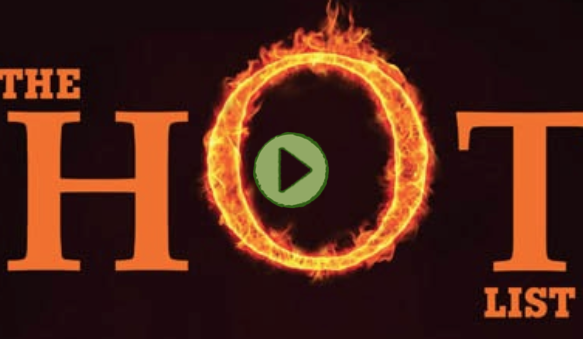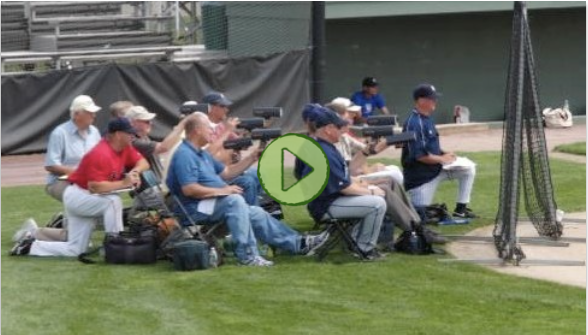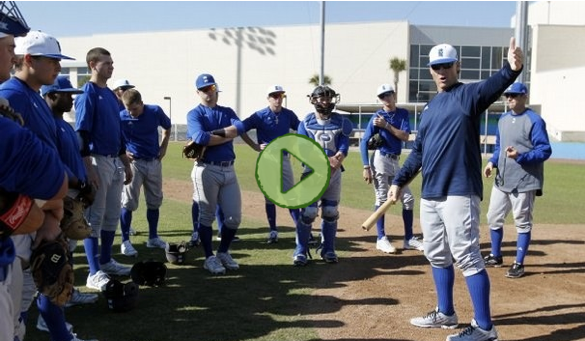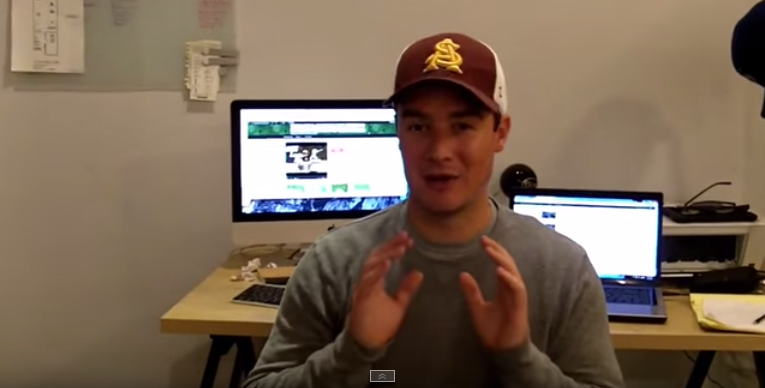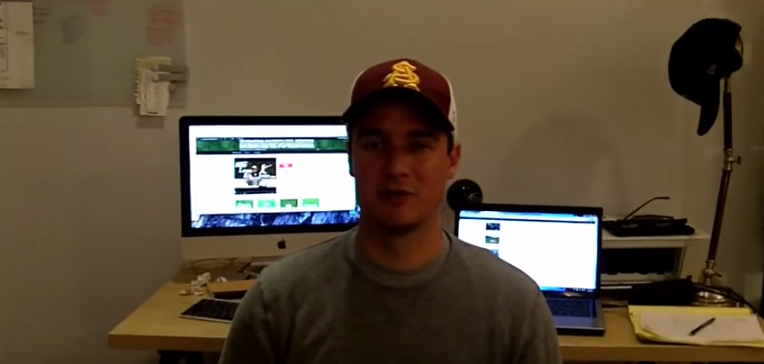Understanding How the Recruiting Process REALLY Works
This is step #1 in the 10 step BRC recruiting formula!
The Golden Rule & More General Baseball Recruiting Facts.
11 Recruiting Facts
-
1
There are over 1,600 college baseball programs with almost 50,000 college baseball players.
-
2
There are 298 D1 baseball teams each with 11.7 scholarships to use.
-
3
There are 238 D2 schools with 9 scholarships available for each program.
-
4
There are 365 D3 schools. None offer scholarships but can work with you to receive academic scholarships.
-
5
There 205 NAIA baseball programs with each offering up to 12 scholarships per team.
-
6
There are 512 Jr college programs each with 0-24 scholarships.
-
7
You can call or email a coach as often as you'd like.
-
8
Official visits are not allowed until the start of your Senior year. Colleges pay for your visits. You are limited to one visit per school and up to five maximum during your senior year.
-
9
All scholarships must be at least 25% of the equivalent of a full ride.
(At a D1 level)
-
10
There can be a maximum of 27 scholarship dispersed between players given out.
-
11
The maximum active roster size ( not including red shirts) is 35 players.
BRC 10 Step Formula
Important Links.
Visit http://ncaa.org (Division I, II and III), http://njcaa.org (National Junior College) or http://www.naia.org/ (NAIA) for more information, rules and regulations. Please note that the above rules mainly apply for NCAA Division I and II. Rules vary for different associations, divisions and sports, so do your research!
Baseball Links - http://www.baseball-links.com/
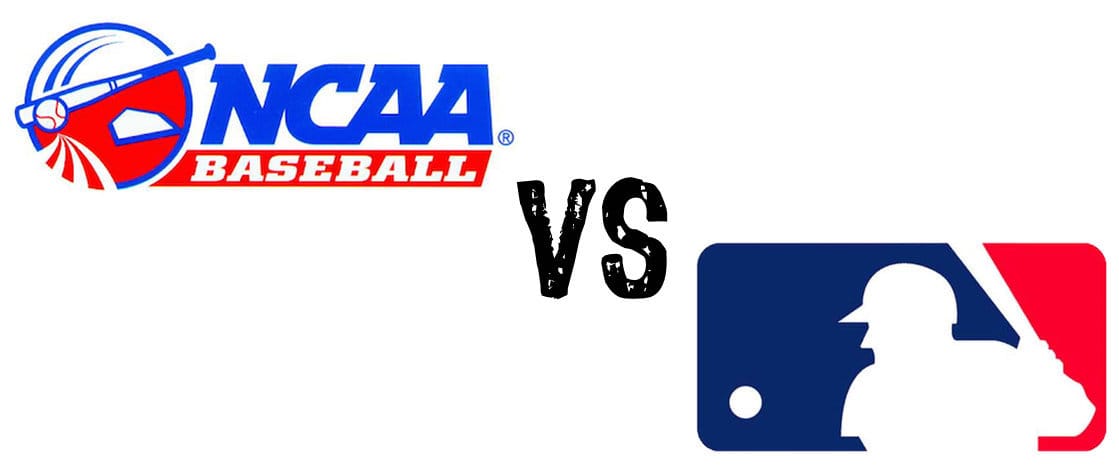
IN THE DRAFT: College vs. High School
Over the previous five years, high school players made up exactly half of the picks in the first round of the MLB draft with 121 total, just eclipsing college players. The numbers aren’t too surprising. Scouts often target high school players because of their under-developed potential:
Draft years 2011-15
College: 45 percent (54% in the top 10)
From the SEC: 9.9%
High school: 50%
From junior colleges: 3%
International players: 2%
ON OPENING DAY ROSTERS: College vs. high school
Despite more high school players getting drafted in the first round, former college players made up 45 percent of the opening-day rosters of MLB clubs in 2015, far out-distancing those who signed out of high school. Scouts often have three more years of data on college players than those drafted out of high school, so it’s only natural for college players to make up more of the MLB rosters.
Year: 2015
College: 45%
From the SEC: 7%
High school: 24%
From junior colleges: 8%
International players: 23%
*According to the Houston Chronicle, which cited Major League Baseball
IN OPENING-DAY STARTING LINEUPS: College vs. high school
Despite those first-round draft stats, opening-day lineups in 2015 were mostly made up of ex-college players. In fact, there were more international players in the lineups than guys who signed out of American high schools.
Year: 2015
College: 38%
From the SEC: 8%
High school: 26%
From junior colleges: 7%
International players: 28%
*Compiled by The Advocate
Verbal Commitments: How the Heck Can Underclassmen Commit to D1 Programs?
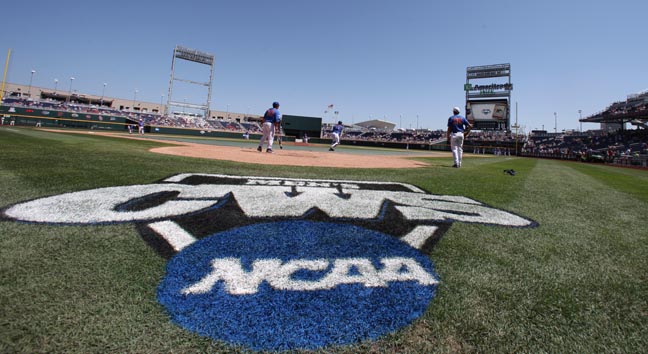
As you’ve probably heard me say before, for the majority of HS baseball players, the recruiting process really gets going the Spring of your junior year.
The problem is that there is that 1% of players who verbally commit to colleges as sophomores or even freshman… and that causes a mass panic for the other 99%.
“Why am I not being recruited?!?!” “What showcases do I need to go to?!?!” “Is it too late for me?!?!?” “How can these underclassmen commit to college baseball programs when the coaches aren’t even allowed to talk to them yet?!?!”
Here are a few facts to help clear up this often misunderstood mess:
- A college baseball prospect cannot sign a National-Letter-of-Intent (NLI) to attend a Division I or II school until the early signing period in November of his senior year and, if he doesn’t sign at that time he must wait until the regular signing period begins in April.
- Any verbal commitments made outside of those time frames are non-binding agreements between a prospect and the college coaching staff.
So, anytime you hear of a prospect committing to a college prior to November of their senior year it falls into the non-binding, verbal commitment category.
In the college baseball world verbal commitments are usually honored by both sides, but there are no rules that can keep either side from backing out.
In recent years, D1 baseball programs have started to go after verbal commitments from younger and younger players. The top sophomores and many top juniors verbally commit to a college before they play their first game of their junior season.
BUT remember, that’s ONLY the 1%. Don’t freak out if you are not in that group.
What Grades, ACT / SAT Scores Do I Need to be a Division 1 Baseball Player?
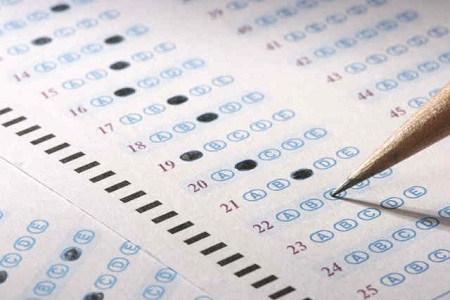
This is a two-part answer.
Part 1: Squeaking By
Each D1 University has their own academic requirements that prospective students must meet. With that being said, the NCAA requires that your core GPA is at least a 2.30 with the grades from the 10 pre-senior year core.
You don’t want to be the guy just slipping by with the lowest GPA possible.
Part 2: Where You Want to Be
If you do not reach certain academic requirements any academic scholarships you receive can count against that baseball program’s 11.7 baseball scholarships.
What are those standards?
A 3.5 Core GPA in high school or Top 10% class rank or 26 ACT (or equivalent SAT) allows you to receive an academic scholarship from a Division I school without it counting against their 11.7 scholarship maximum.
Not all schools have the exact same standards, but those numbers above give you some good academic goals to shoot for.
NCAA Eligibility Center (When and How to Register)
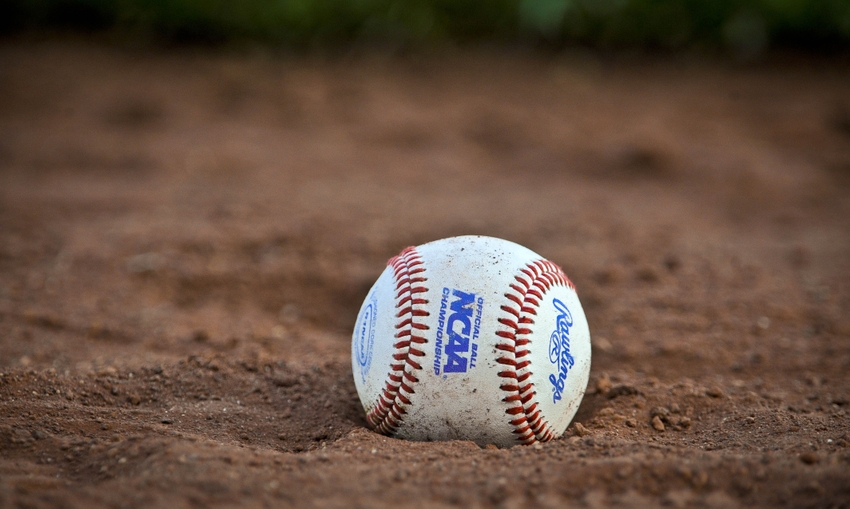
Here are some main points and things to keep in mind regarding the Eligibility Center: I recommend you sign up with the Eligibility Center after your junior year of high school. That way you can send three years of your high school transcripts, test scores and provide the additional information they require.
You’ll then just have to updated your information throughout your senior year. If your plan is to someday play baseball at the Division I or II level, you need to register with the Eligibility Center.
Even if you go to a junior college first you will still need to have gone through the Eligibility Center process. When a coach begins recruiting you, one of the first things he’ll generally ask is whether or not you are registered with the Eligibility Center.
If you are already registered it can show the coach that you are proactive and on top of the process. Just go to this link to register: https://web3.ncaa.org/ecwr3/
A lot of times, your guidance counselor at your high school can help you with this process.


